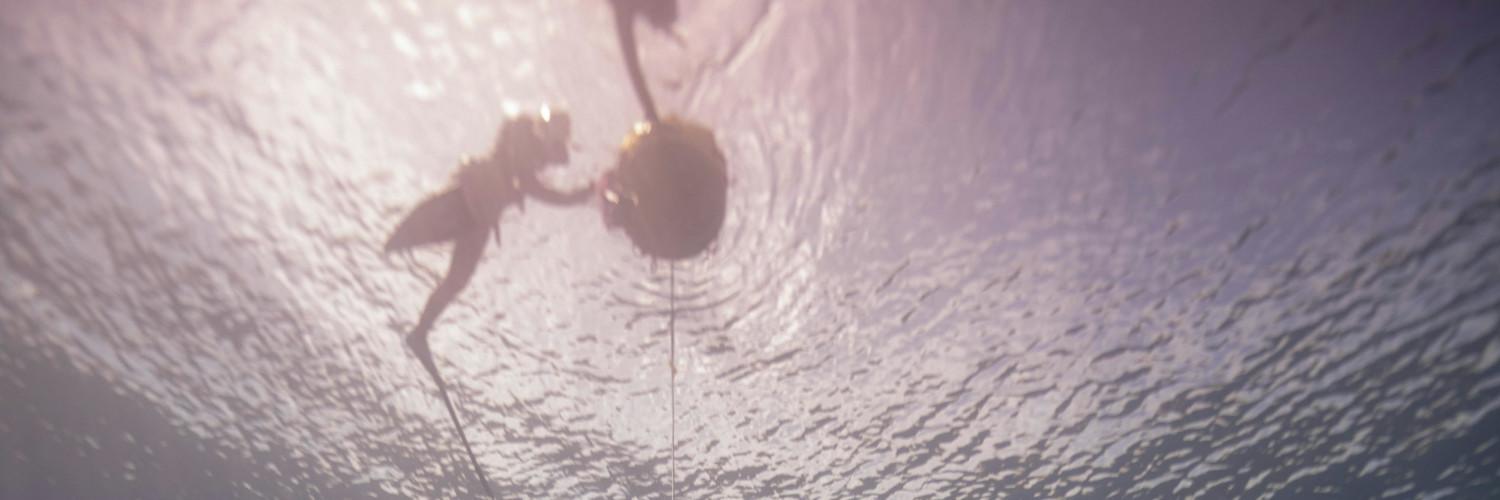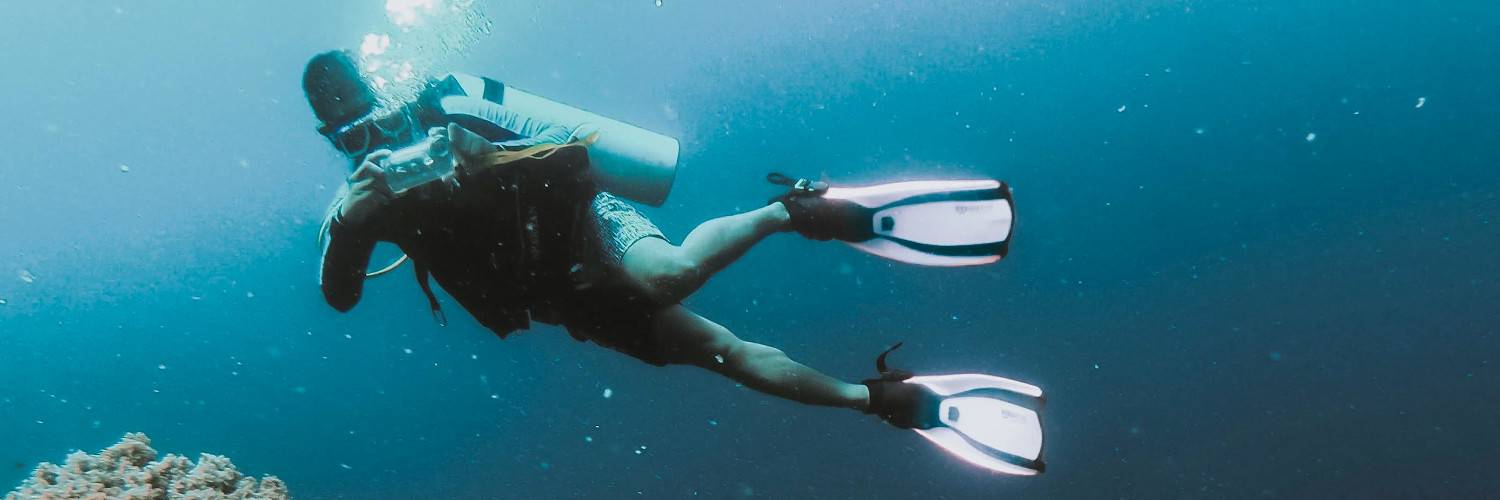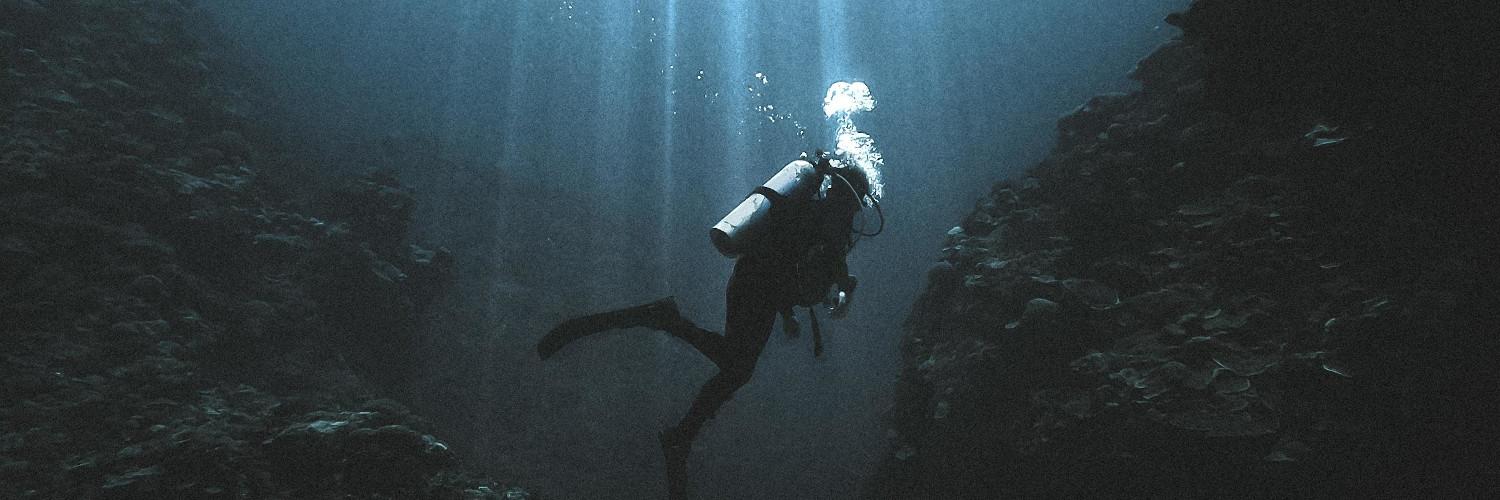Scuba submarines, also known as submersibles, represent a specialized innovation in underwater exploration, offering a blend of the autonomy found in SCUBA diving with the capabilities of submarine technology. These underwater scooters have evolved to meet the needs of both recreational and professional divers, providing a unique means to traverse the aquatic environment with ease. Unlike traditional SCUBA diving which requires extensive training for deep dives, scuba submarines allow individuals to dive with less effort and training, open to users as young as ten years old in some regions, like Oahu where submarine scooter tours have become a popular attraction.
As technology advances, the design and functionality of these submersibles have considerably improved, competing with market leaders and catering to activities ranging from scuba and free diving to swimming and aiding paddle crafts. The latest models prioritize compactness and performance, aiming to fill the recreational market with user-friendly options. Their emergence is marked by a significant emphasis on accessibility, ensuring that even non-swimmers can partake in underwater expeditions safely.
For military applications, institutions like the Naval Diving and Salvage Training Center in Florida integrate submersible training into their comprehensive programs that prepare divers for a variety of underwater missions. These rigorous training regimens underscore the importance of submersibles in salvage operations and other naval undertakings. Whether for leisure, sport, or military endeavors, scuba submarines are becoming an increasingly integral part of underwater activity, unlocking new possibilities beneath the sea’s surface.
Design and Features
The design and features of scuba submarines are critical in ensuring their safe operation and the comfort of their occupants. These advanced underwater vehicles integrate complex systems for navigation, communication, and life support.
Submarine Parts and Structure
Scuba submarines are typically comprised of a strong pressure hull designed to withstand the tremendous pressures of the deep sea. The hull, generally made of high-strength steel or titanium, is the primary structural component of a submarine and is critical for maintaining the integrity of the vessel under pressure. On the exterior, ballast tanks are used to control buoyancy and enable the submarine to dive or surface. Inside, submarines contain:
- Control Room: The nerve center where navigation and operational decisions are made.
- Battery Compartments: To provide power when the submarine is submerged.
Safety and Air Management Systems
Ensuring the safety of the submarine and its passengers is paramount. A scuba submarine is equipped with various safety features, such as emergency buoyancy systems, which can bring the submarine to the surface during an emergency.
Air management systems are vital as they maintain a breathable atmosphere within the vessel. These systems include:
- Oxygen Generators: To produce breathable oxygen by electrolyzing water.
- CO2 Scrubbers: To remove carbon dioxide from the air inside the submarine.
- Ventilation Systems: To circulate and purify the air.
These systems are engineered to create and maintain a safe and livable environment, allowing the submarine to function underwater for extended periods.
Operating Procedures
Operating a scuba submarine involves meticulous protocols to ensure the safety of operations both under water and on the surface. These procedures are designed for efficient diving, surface logistics, and maneuvering capabilities.
Dive Protocols
Pre-dive Checklist:
- Inspect the submarine’s hull integrity.
- Verify onboard oxygen and power systems functionality.
- Confirm communications systems are operational.
During Dive:
- Monitor depth and pressure gauges regularly.
- Maintain a continuous line of communication with surface support.
Emergency Procedures:
- In case of system failure, follow the ascent protocol without rapid elevation.
- Utilize the onboard emergency supplies as needed.
Surface Operations
Submarine Boarding:
- Crew must assess sea conditions prior to boarding.
- Ensure hatches and seals are secure before and after diver entry.
On-surface Navigation:
- Operators use GPS and sonar for accurate positioning.
- Surface support vessels maintain safe clearance and readiness for assistance.
Refueling and Resupply:
- Submarines refuel and resupply while surfaced, following strict compatibilities and safety checks.
Turning Maneuvers
Dynamic Positioning:
- The submarine’s ballast and trim systems control buoyancy and stability during turns.
- Use of thrusters allows for precise adjustments to heading and orientation.
Impact of Currents:
- They monitor the impact of underwater currents on turning efficacy.
- Operators adjust speed and rudder inputs to counteract current-driven drift.
Diving Destinations
Diving destinations offer a glimpse into underwater realms where coral reefs brim with life and historic wrecks tell stories from the sea floor. These areas present unique opportunities for divers to explore diverse marine ecosystems and submerged treasures.
Coral Reefs and Wrecks
Coral reefs provide not only vibrant underwater seascapes but also vital habitats for a vast array of marine life. Areas such as Raja Ampat Islands in Indonesia and the Red Sea are renowned for their exceptional biodiversity. The Raja Ampat Islands, in particular, hold a reputation as a premier diving site, acclaimed for both the lushness of its reefs and the variety of species that inhabit them.
- Raja Ampat Islands, Indonesia: An epicenter for coral diversity, home to more than 1,000 species of coral fish.
- Red Sea, Egypt and Surrounding Areas: Famous for crystal-clear waters and a multitude of shipwrecks alongside thriving coral ecosystems.
Wrecks have become artificial reefs over time, creating sanctuaries for marine life while offering insight into historical events. The Red Sea, for example, houses an assortment of sunken vessels ranging from World War II ships to more modern vessels, each with its unique story and inhabitants.
- SS Thistlegorm, Red Sea: A British naval ship sunk during WWII, now one of the world’s most famous dive wrecks.
- USAT Liberty, Bali, Indonesia: A United States Army Transport ship, now a popular wreck dive rich in coral growth and marine inhabitants.
Deep Sea Exploration
Deep sea dives are for the adventurous diver looking to engage with the mysteries of the ocean at greater depths. These excursions often lead to encounters with unique species and rarely seen underwater phenomena.
- Marsa Alam, Egypt: Known for pelagic encounters in the ‘Deep South,’ this location offers a chance to dive with larger marine species.
- Tuamotu Archipelago, French Polynesia: A premier destination for witnessing deep sea marvels, including an array of reef sharks and other pelagic species.
These deep-sea dive sites provide divers with opportunities to explore beyond the reach of sunlight, where they might encounter marine life seldom seen in shallower waters or witness incredible geological formations.
Divers at these locations often aim not only to enjoy the beauty and tranquility of the deep but also to appreciate the significance of underwater ecosystems and the treasures they conceal, be they natural or historical.
Educational Use
Scuba submarines serve a dual purpose in education by fostering underwater research and providing students with hands-on learning experiences. These versatile vehicles are pivotal for studying marine environments and engaging educational communities in ocean sciences.
Research and Conservation
The deployment of scuba submarines in educational settings primarily supports marine research and conservation efforts. These submersibles allow scientists to observe and document ecosystems at depths unreachable by traditional diving methods. With advanced technology, scuba submarines enable researchers to conduct detailed studies of coral reefs, fish populations, and underwater geology.
Student Engagement
Scuba submarines offer a unique platform for student engagement in marine sciences. Through firsthand experiences in submersibles, students can directly participate in ongoing research projects, facilitating practical learning and a deeper understanding of oceanography. Educational programs can involve students in data collection processes, species identification, and environmental impact assessments, which are vital for fostering a new generation of marine scientists and conservationists.
Historical Context
The concept of underwater exploration has intrigued humanity since ancient times. Diving bells and the tales of Alexander the Great’s underwater adventures mark the early human fascination with the ocean’s depths. The history of submersible vessels, a category in which scuba submarines fall, has roots in these early endeavors.
During the mid-twentieth century, underwater exploration and travel became more achievable, with advancements in technology leading to the development of scuba submarines. These vessels, distinct from large military submarines, are smaller and often used for personal, research, or recreational purposes, such as wreck dives. Wreck dives are a form of underwater tourism and exploration where divers visit sunken ships, aircraft, and other structures.
The CuraSub, for instance, is a modern submersible used in scientific explorations and tourism. Operating in Curaçao, it allows for deeper dives beyond the limits of traditional scuba diving, often taking researchers and tourists to depths where significant underwater discoveries can be made and wrecks can be explored.
- Development Stages:
- Ancient Times: Use of divers and basic submersion methods, like diving bells.
- Modern Era: Introduction of small, personally operated submersible watercraft.
- Purposes of Scuba Submarines:
- Recreational: Allows for personal exploration of marine environments.
- Research and discovery: Enables scientists to study underwater ecosystems.
- Wreck Diving: Provides access to submerged wrecks for exploration and study.
The evolution of scuba submarines illustrates a timeline of human innovation aimed at probing the enigmatic underwater world, driven by a combination of curiosity, scientific inquiry, and the pursuit of recreational excitement.





